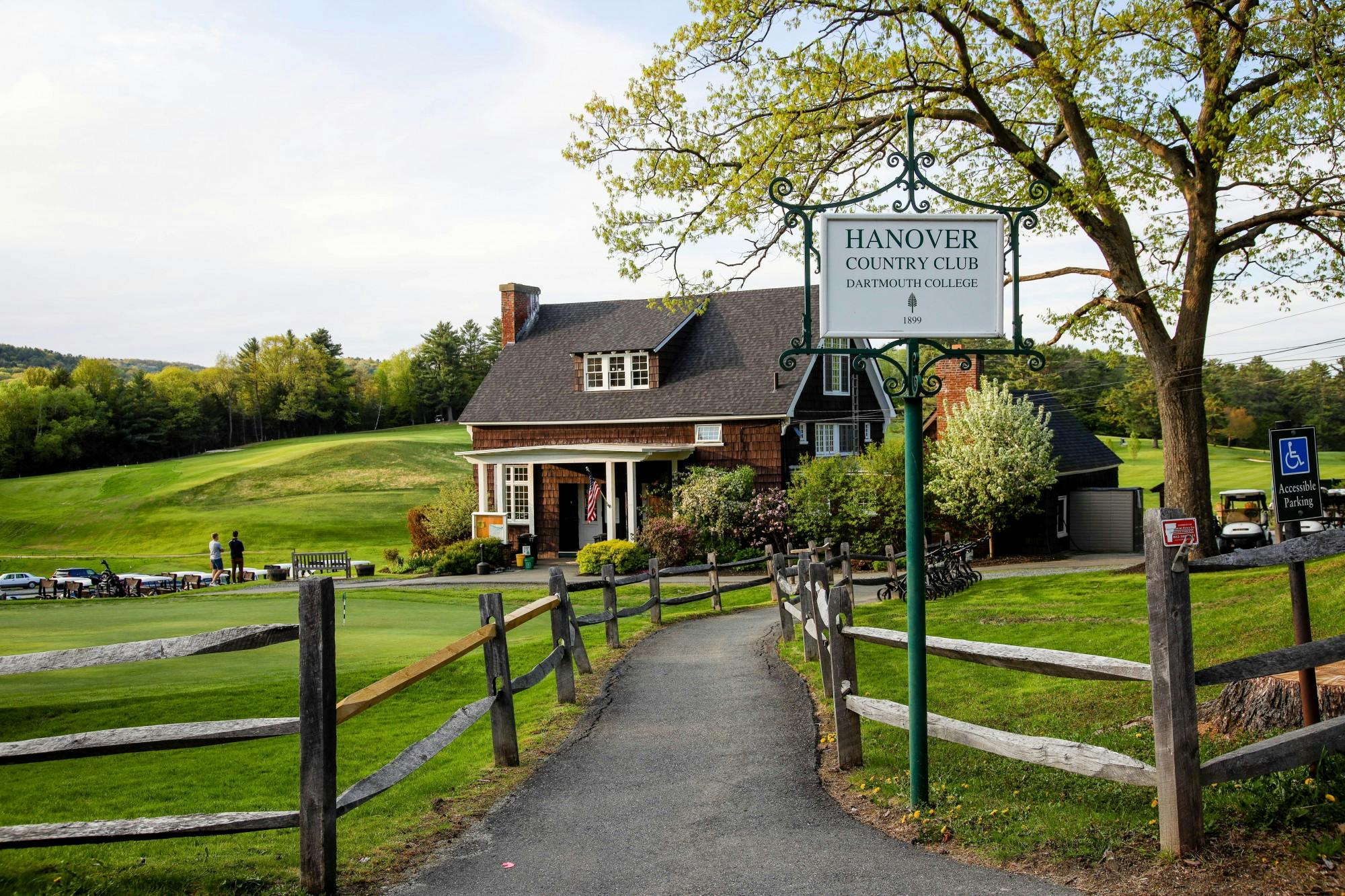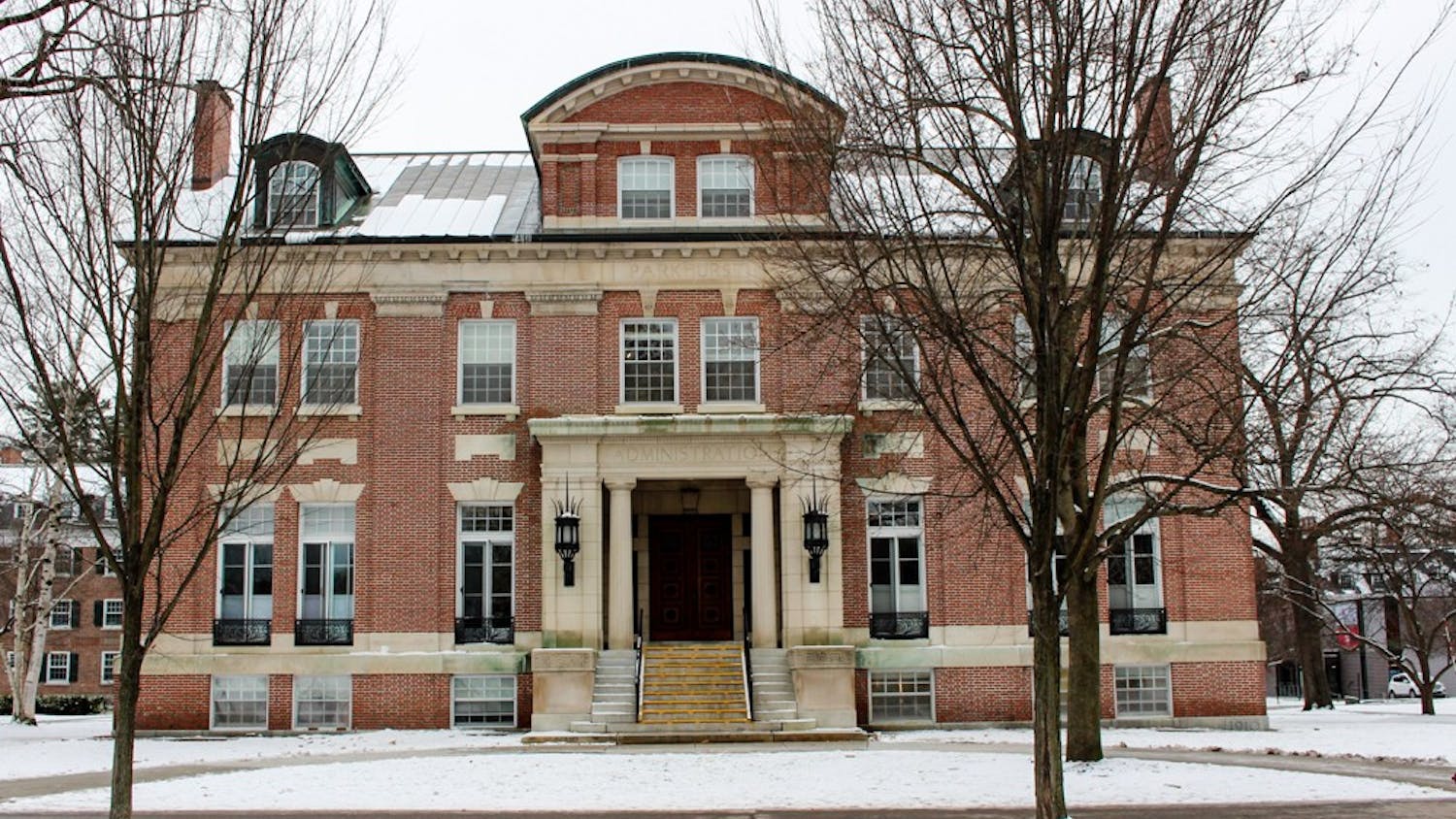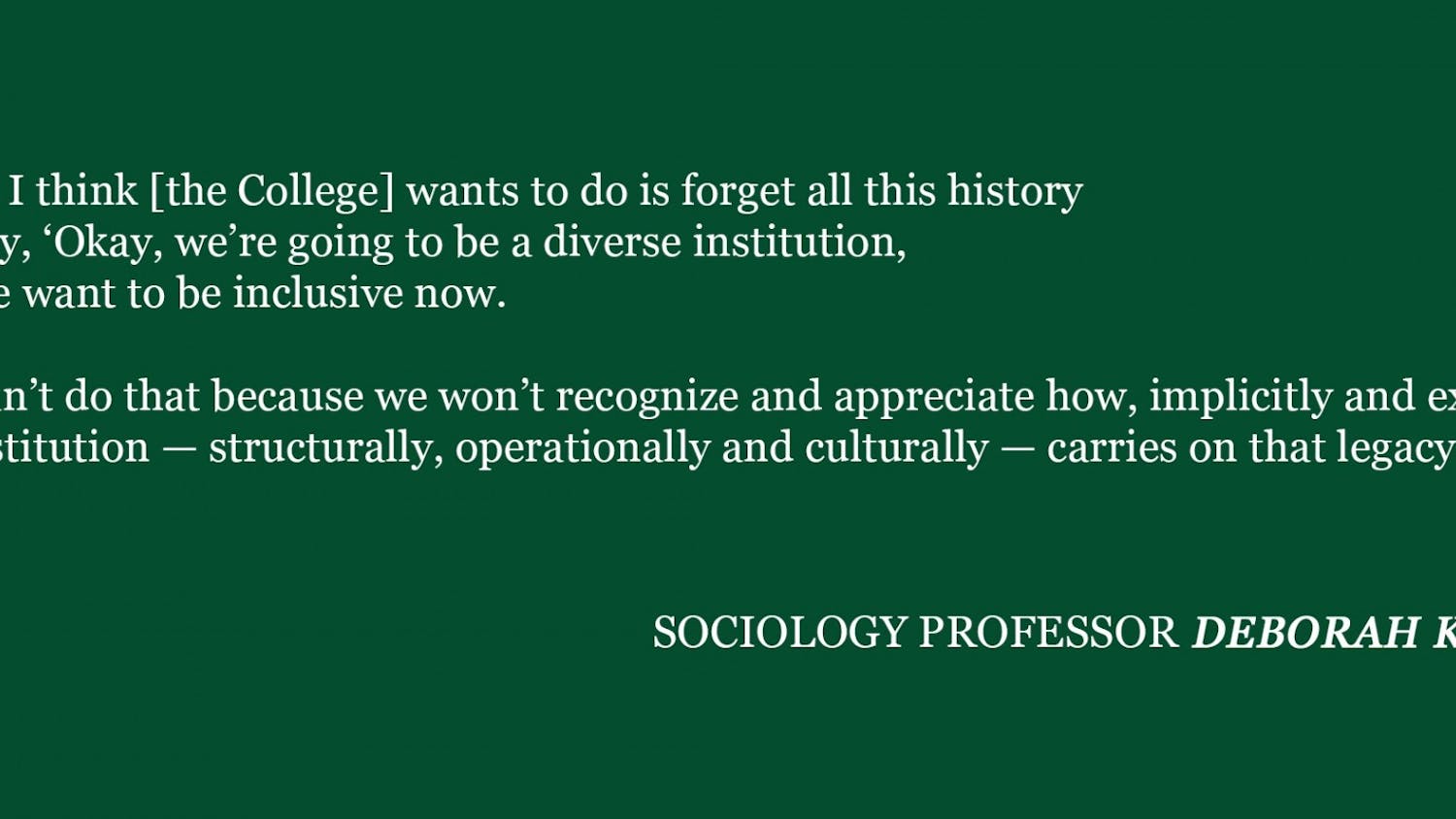In an email sent to the Dartmouth community last Thursday sharing the College’s plan to cut five varsity athletic teams, College President Phil Hanlon also announced the permanent closure of the Hanover Country Club, citing financial deficits.
The College is currently planning to keep the course open for the cross country running team, per the Valley News, and in addition to making a commitment “to providing public access to the adjacent Pine Park” is looking into ways to open the grounds for “community and recreational use,” according to Hanlon’s email. The College has stated that it has no plans to sell the property.
The Hanover Country Club, founded as a small, nine-hole course in 1899, was the College’s oldest athletic facility at the time of its closure, according to the course’s webpage. Funded by alumni and designed by architect Orrin Smith, the course was extended to 18 holes in 1922. Over the following years, a new nine-hole course was added, followed by the additions of a computerized irrigation system in 1995 and a large-scale renovation in 2000.
According to Steve Richardson, a 50-year Norwich resident and 30-year HCC member, although the country club has never been fully shut down before, the threats to its existence are not new.
Richardson said that, after the Valley News reported in August 2017 that the College was considering closing and selling the Hanover Country Club, his brother formed a committee of 10 members who pledged $10 million to keep the course running. Alumni and Friends of Dartmouth Golf pledged an additional $15 million, he said.
Given these pledges, Richardson questioned the College’s rationale for closing the course due to financial reasons.
“No one at Dartmouth was willing to take on the responsibility of [managing the course],” he said. “The money was there.”
“The golf course was a business and you have to run it like a business, but nobody in the athletic department knows how to run a small business,” Richardson added.
Charles Petrie ’22, a member of the varsity golf team, called the combination of the elimination of the golf team and the closing of the course “heartbreaking” as it was a “central part” of his golf career.
“Any official practice we’d be at Hanover Country Club … as individuals we’d all go there at different times as well … we used it a lot,” he said. “I’m going to have to be on campus for another two years and not be able to play [golf] as regularly and at the level I want.”
For Luke McLaughry ’12, a lifelong Norwich resident, the question of saving the course is not fully settled yet. He and other alumni are working on a proposal to keep the Hanover Country Club alive and running, although he recognizes the need for financial restructuring.
“The leadership of the College has made it abundantly clear that … the financial losses of Hanover Country Club and the long-term campus planning … make it untenable to argue for the continuation of the golf course in its current footprint,” he said. However, he said he considers the Hanover Country Club to be “one of the College’s major historic and unique assets” which has fostered “good will” towards the College that cannot be quantified on a financial record.
“We have to balance the emotional reaction … while also putting forth what we believe is an actionable and fully-funded proposal,” he said.
Stew Wood ’56, a member at the course, said he considers the closure a “real loss”. “The virus and the cost it brought to the College was just so significant that I think that the dream that we had of … starting over, so to speak, just had to be put aside.”
The plan for the future of the land is unclear, although Wood said he thinks water drainage issues and the rolling landscape of the course will make the property difficult to use for other purposes.
“The community treasures the opportunity both to walk [the course] and the woods, so we’ll have to see what the future will bring to that space,” Wood said. “I understand it’s not an easy space to put new structures on.”
In the meantime, Richardson said, he and his group of eight to 10 friends will be going to the Lake Morey Country Club for their weekly 1 p.m. tee time.




